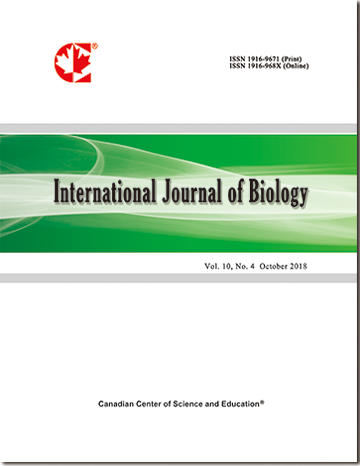Ants Can Acquire Some Serial Recognition
- Marie-Claire Cammaerts
- Roger Cammaerts
Abstract
Aiming to define the ants’ cognitive abilities, we examined if they could learn a correct sequence and recognize it among others made of the same elements but otherwise ordered. We first trained them to a sequence of three elements. They could recognize the correct sequence from the two wrong sequences, reaching a score of 66.9% after 8 training days, what was a rather low though statistically significant score. When trained to a sequence of 4 elements, the ants could also recognize the correct sequence from three wrong ones, reaching the low though statistically significant score of 51.2% in 8 training days. In this second experiment, the ants appeared to better learn the two last elements of the sequence (those directly associated with the reward) than the two first ones. This was in agreement with our previous finding that ants could learn a behavioral sequence only if trained according to a backwards chaining, i.e. if firstly presented with the element associated to the reward. Such kind of learning is in fact some operant conditioning, and apparently differs from what occurs in vertebrates since the latter learn a behavioral sequence under a backward as well as a forward method, and better remember not only the last but also the first element of a series. The neural mechanism(s) underlying serial recognition may thus at least partly differ between vertebrates and invertebrates.
- Full Text:
 PDF
PDF
- DOI:10.5539/ijb.v10n2p31
Journal Metrics
h-index (December 2021 ): 37
i10-index (December 2021 ): 149
h5-index (December 2021 ): N/A
h5-median (December 2021 ): N/A
Index
- ACNP
- AGRICOLA
- BASE (Bielefeld Academic Search Engine)
- CAB Abstracts
- CiteFactor
- CNKI Scholar
- CrossRef
- DTU Library
- Elektronische Zeitschriftenbibliothek (EZB)
- Excellence in Research for Australia (ERA)
- Google Scholar
- Infotrieve
- LIVIVO (ZB MED)
- LOCKSS
- Max Planck Institutes
- MIAR
- PKP Open Archives Harvester
- Qualis/CAPES
- ResearchGate
- ROAD
- SafetyLit
- SHERPA/RoMEO
- Technische Informationsbibliothek (TIB)
- Universe Digital Library
- WorldCat
Contact
- Ryan JonesEditorial Assistant
- ijb@ccsenet.org
